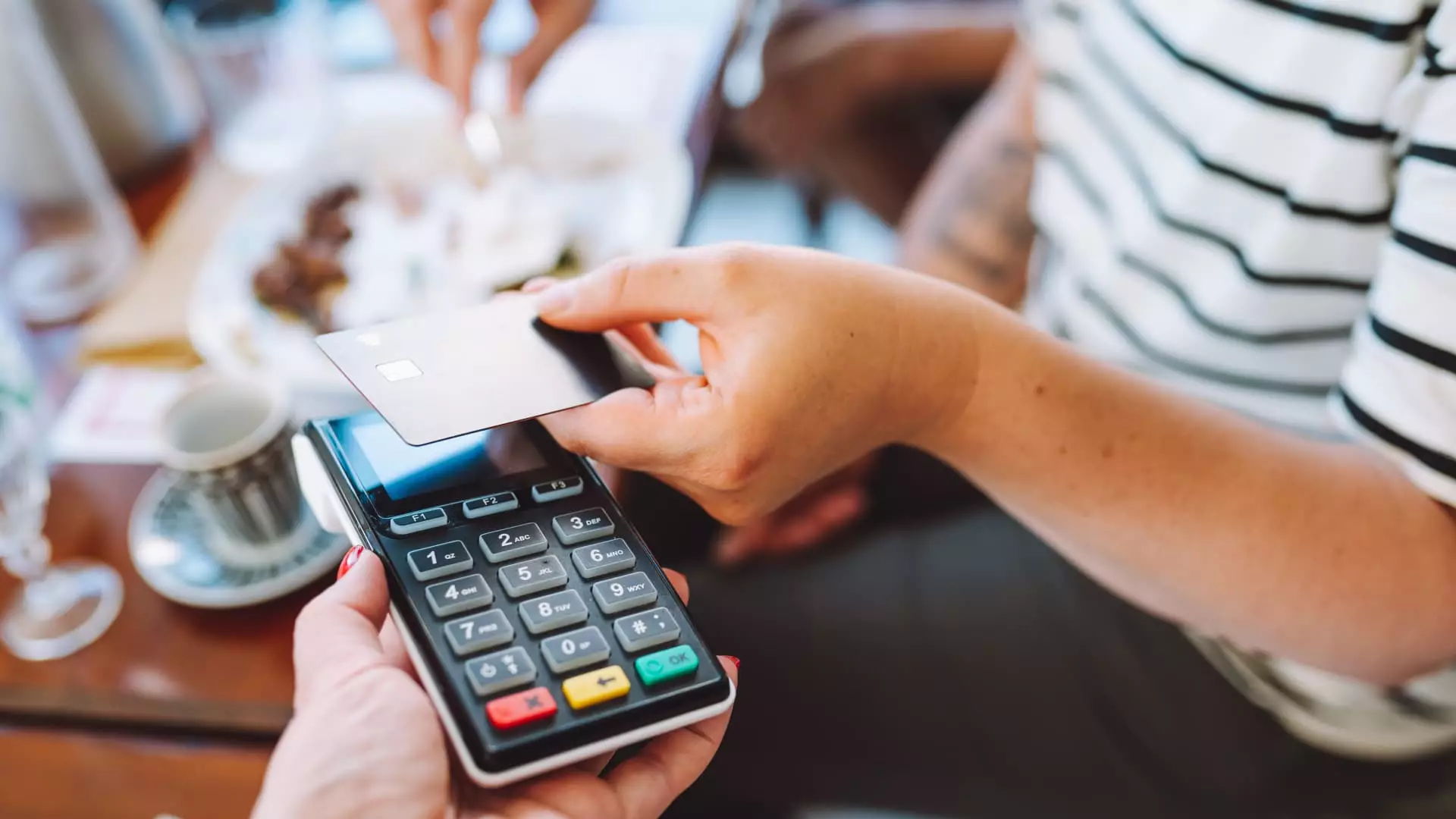In today’s fast-paced consumer culture, credit cards offer an enticingly convenient method to access funds, enabling a lifestyle that often extends far beyond one’s immediate financial means. With the average American’s credit card limit hitting an impressive $34,000, the temptation to push the boundaries of spending is becoming alarmingly common. While responsible credit card usage is generally praised, the practice of “credit cycling”—manipulating available credit limits to achieve aggressive spending—should come under scrutiny. Not only does it indicate potential financial irresponsibility, but it can also lead to severe repercussions for one’s credit history and overall financial health.
Credit cycling involves regularly maxing out a credit card only to promptly pay off the balance, freeing up the credit limit to facilitate further spending. While the occasional stretch might go under the radar, similar to slightly exceeding a speed limit, consistently pushing these limits can eventually signal to lenders that a user is engaging in risky behavior reminiscent of a reckless driver swerving through traffic.
Risks Far Outweigh Rewards
While some may argue that credit cycling can serve as a clever tool for managing larger purchases or accumulating rewards points more quickly, this practice carries significant risks that far surpass any short-term financial gain. Individuals who repeatedly push their credit to the absolute limits may catch the attention of card issuers, leading to account closures and loss of potentially valuable rewards points, which have become the primary allure of credit cards.
Experts warn that frequent credit cycling may send up red flags to lenders, signaling a lack of financial prudence or worse: the potential for illegal activities like money laundering. When your behavior draws suspicion, the consequences can spiral quickly. A canceled credit card not only reduces your overall credit limit but subsequently increases your credit utilization ratio, harming your credit score—a crucial element for obtaining loans, mortgages, and even job positions.
The Sleeper Effects of Credit Misuse
Many consumers are largely unaware of the dynamics at play with their credit utilization rate, which tells a story about their financial health. A high utilization ratio can paint a picture of financial instability, making it difficult to secure future credit or even raising interest rates on existing accounts. The recommendation to keep utilization below 30% helps cultivate an image of financial responsibility, while consistently testing the boundaries of credit may lead to an entirely different narrative.
The psychological allure of accumulating rewards points and achieving that impossibly high credit limit is often what drives credit cycling. Yet, the damage done can be long-lasting. Making the switch from casual user to credit cyclist can lead to an addiction-like behavior that spirals out of control, pushing users towards a cliff of financial ruin. The consequential wear and tear on one’s credit score makes one look like a financial risk, leading to a vicious cycle of denial and further risky behavior.
Alternative Strategies to Credit Cycling
For those grappling with the urge to pursue credit cycling, it might be worth considering healthier alternatives. Asking for a higher credit limit, diversifying bank accounts, or managing expenses across multiple credit cards can be practical solutions for those in need of liquid capital. Instead of flirting with credit disasters, consumers can adopt strategies such as paying off purchases earlier in the billing cycle—essentially building a solid foundation rather than teetering on the edge of financial instability.
Employing these conservative approaches not only minimizes risk but creates a steady and reliable method of boosting one’s credit score. The trick lies in understanding that good credit doesn’t come from reckless expenditure but from a steady and considered approach toward credit utilization.
A Call for Responsible Behavior
As we continue to navigate a world saturated with consumerism, it becomes increasingly vital to engage in responsible credit use. The dangers of credit cycling are evident, and while the temptation may be strong, individuals must remember that the stakes are much higher than temporary financial gain. To avoid potential catastrophes, it is imperative to remain vigilant, focused on maintaining a healthy credit profile rather than yielding to the short-term gratification of available credit. By practicing prudent financial habits, consumers can foster not only their financial well-being but also pave the way for long-term stability in an increasingly uncertain economic landscape.

